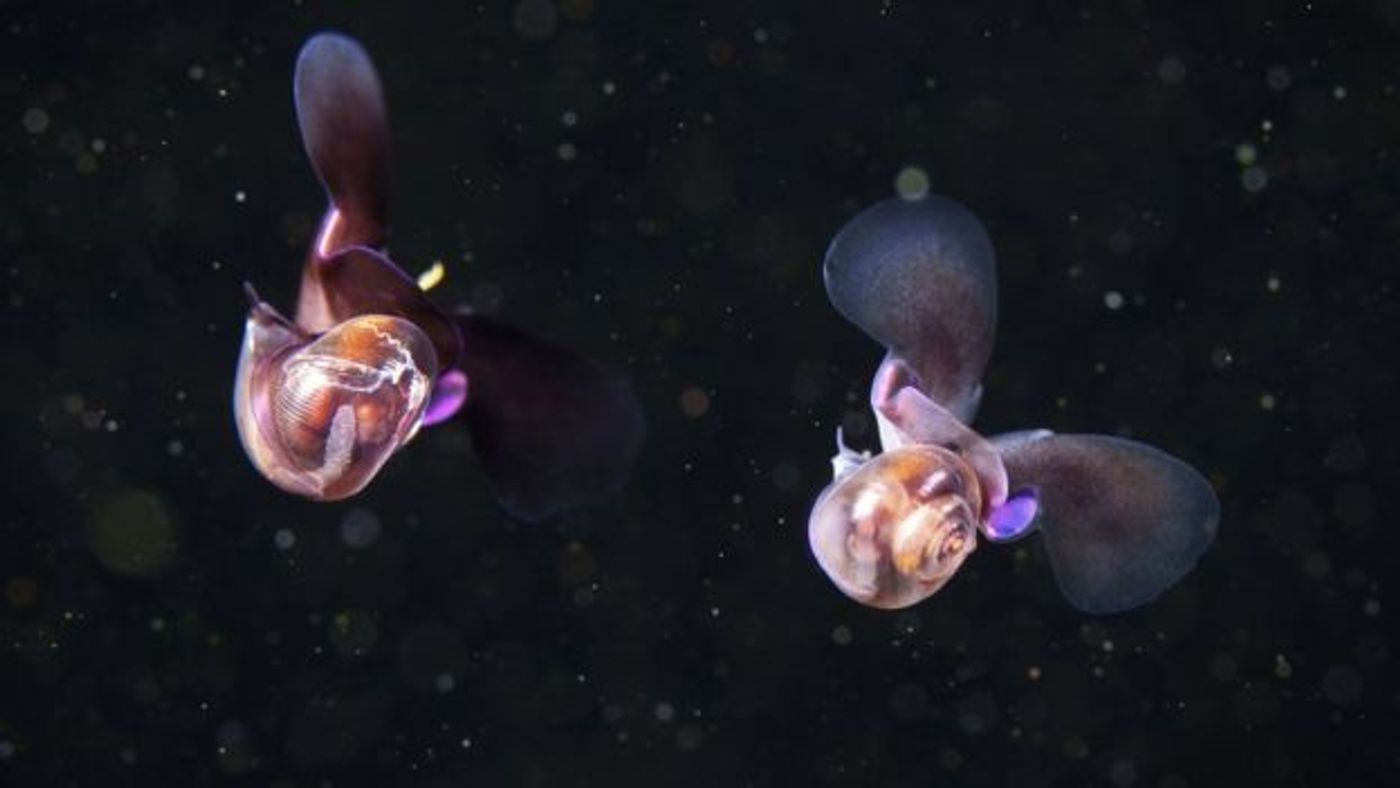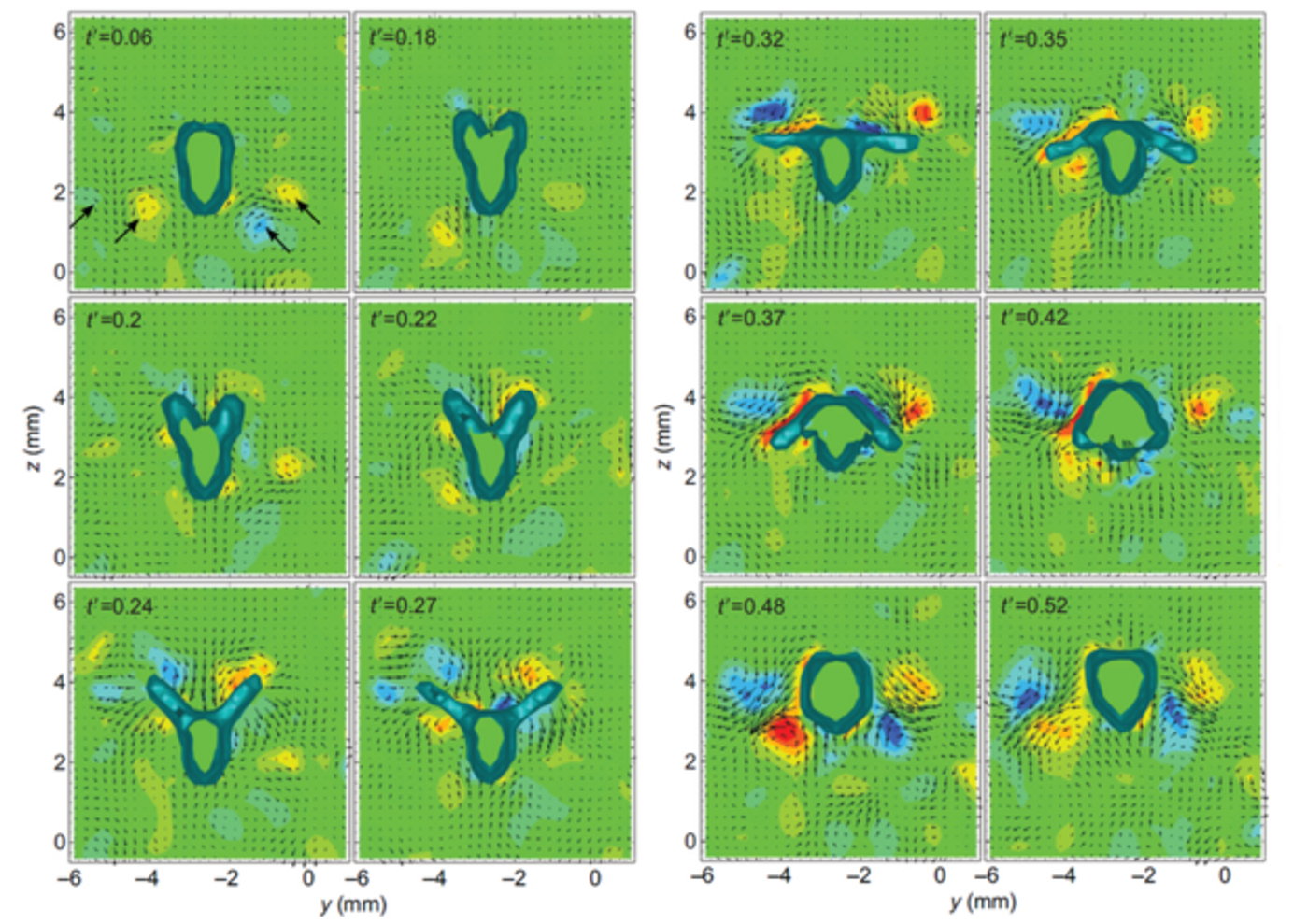This Tiny Sea Snail Swims Just Like How Small Insects Fly
Researchers from John Hopkins University have recently spent their time studying a very strange type of sea snail that appears to ‘fly’ under water, rather than swim.
Using a very unique type of physics akin to bees or fruit flies, the Arctic sea butterfly, also known as Limacina helicina, is the latest topic of conversation in the Journal of Experimental Biology.
These 3mm-long creatures are completely gelatinous, but they have small shells that are made from calcium carbonate.

What makes them unique from other forms of zooplankton is the method by which they move through the water. Rather than paddling themselves, they create a figure-eight movement with their ‘wings’ that generate the forces necessary for them to travel through the water.
"In a remarkable example of convergent evolution, we show that the sea butterfly Limacina helicina ‘flies’ underwater in the same way that very small insects fly in the air," the authors write in the study. "Both sea butterflies and flying insects stroke their wings in a characteristic figure-of-eight pattern to produce lift, and both generate extra lift by peeling their wings apart at the beginning of the power stroke,"
The researchers used a total of four cameras to capture 3D models of how the sea butterfly’s wings moved. They discovered not only the figure-eight motion, but also a special movement used by many insects called the ‘clap and flick’ movement, which is when the wings meet each other at the top of the stroke, and then disconnect.
"This sucks fluid into that V-shaped gap as the wings open up, and creates tiny vortices at the tips of each of the wings. Those vortices are useful in generating extra lift," researcher Dr. David Murphy said to the BBC.
The new knowledge about how these creatures swim in the ocean could help scientists better understand their survival and feeding tactics for future studies. Nevertheless, it's still interesting to see how a method of movement tried and true in the air can be used even underwater by another species.
Source: Journal of Experimental Biology via BBC









